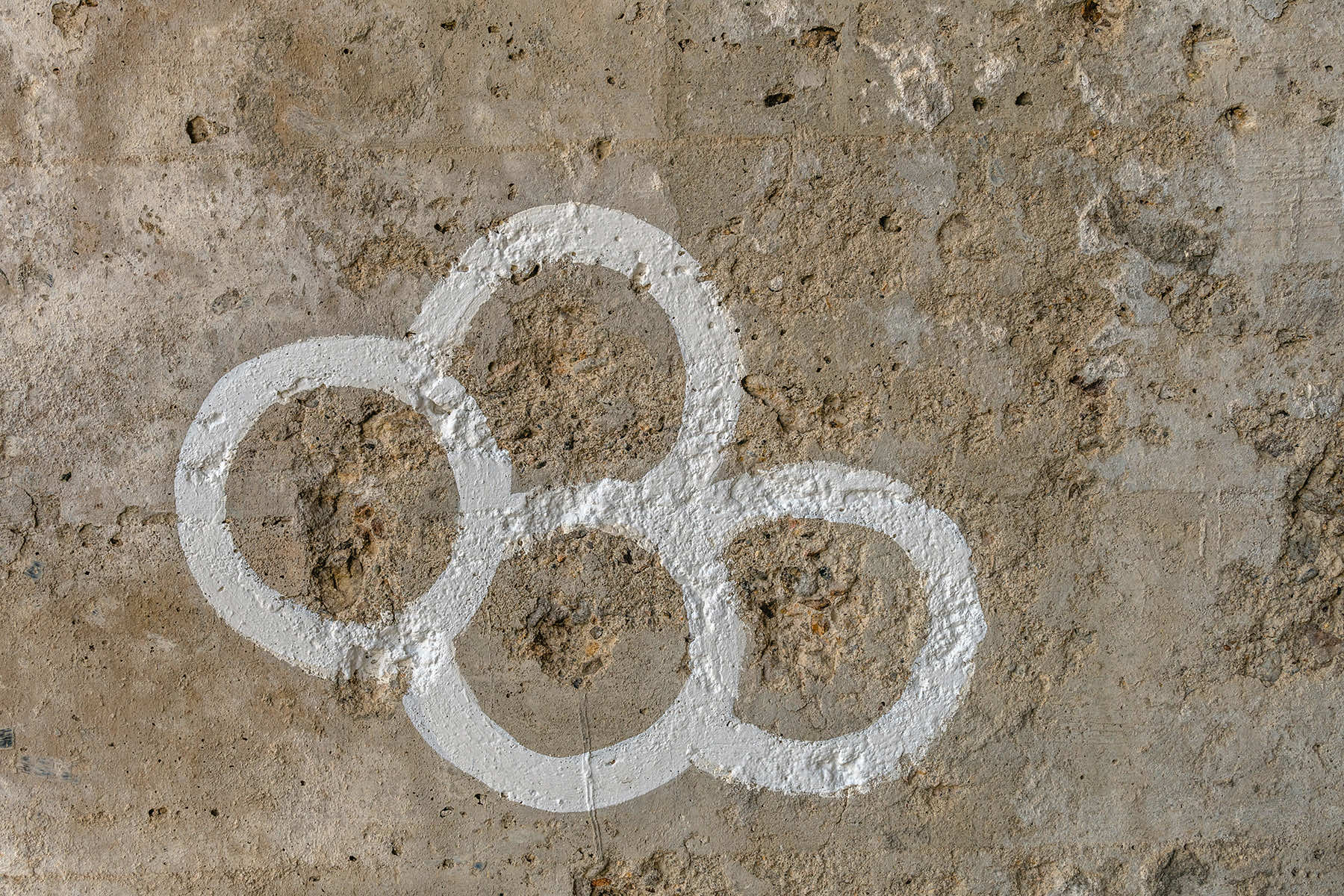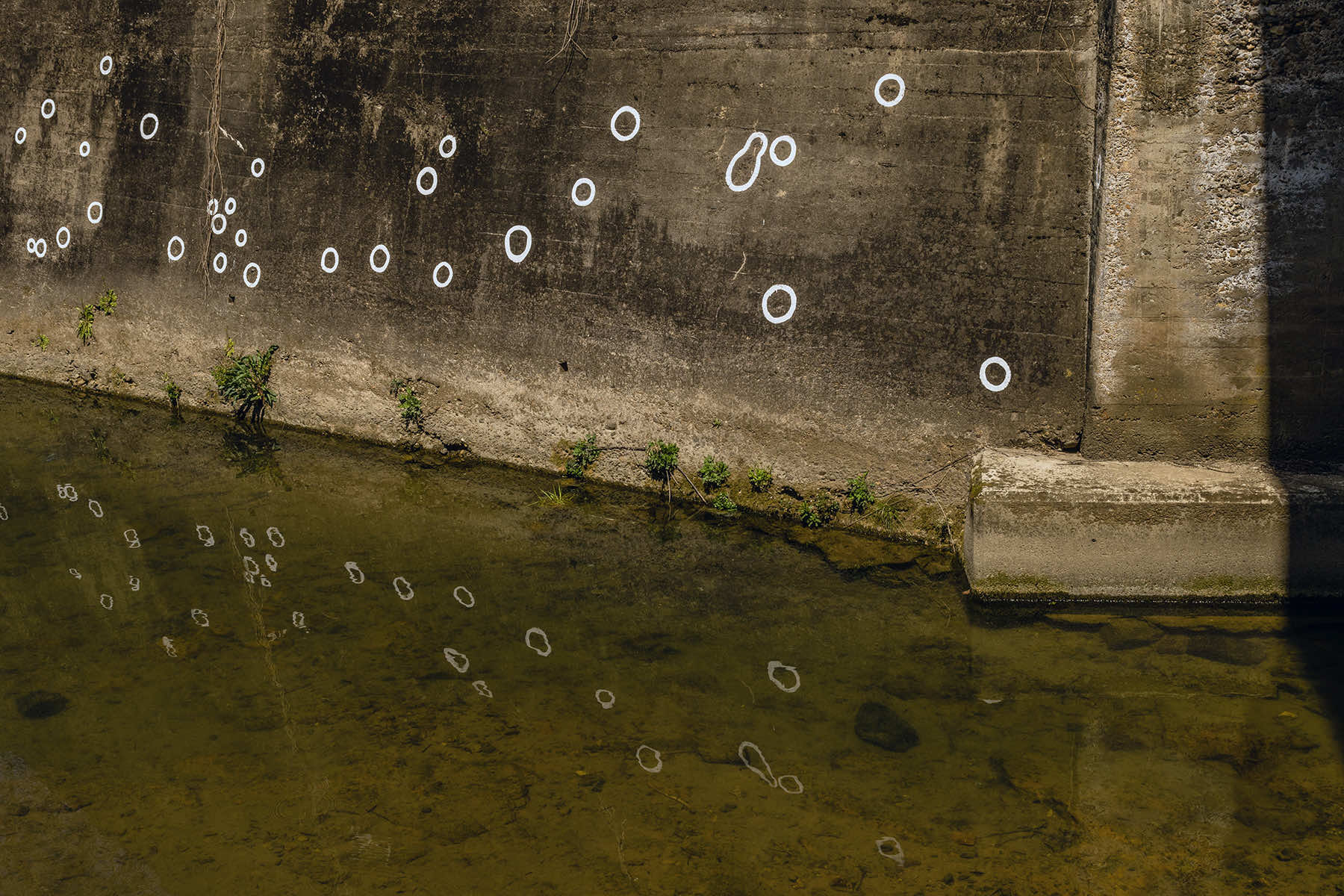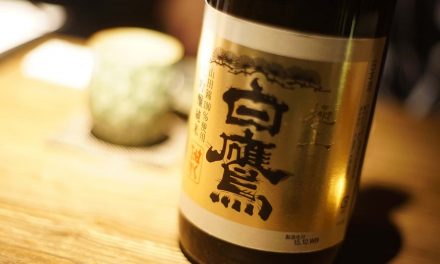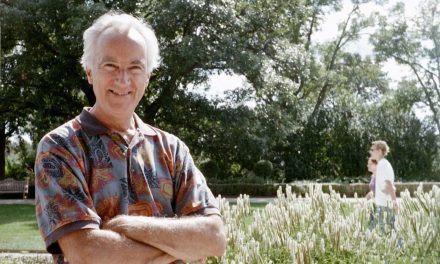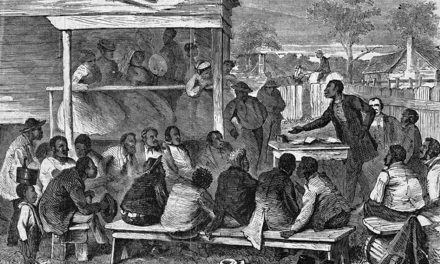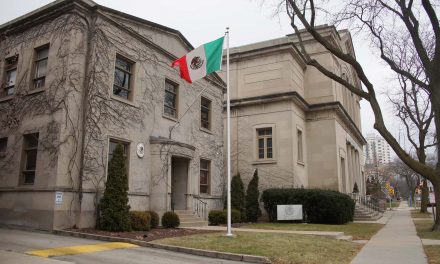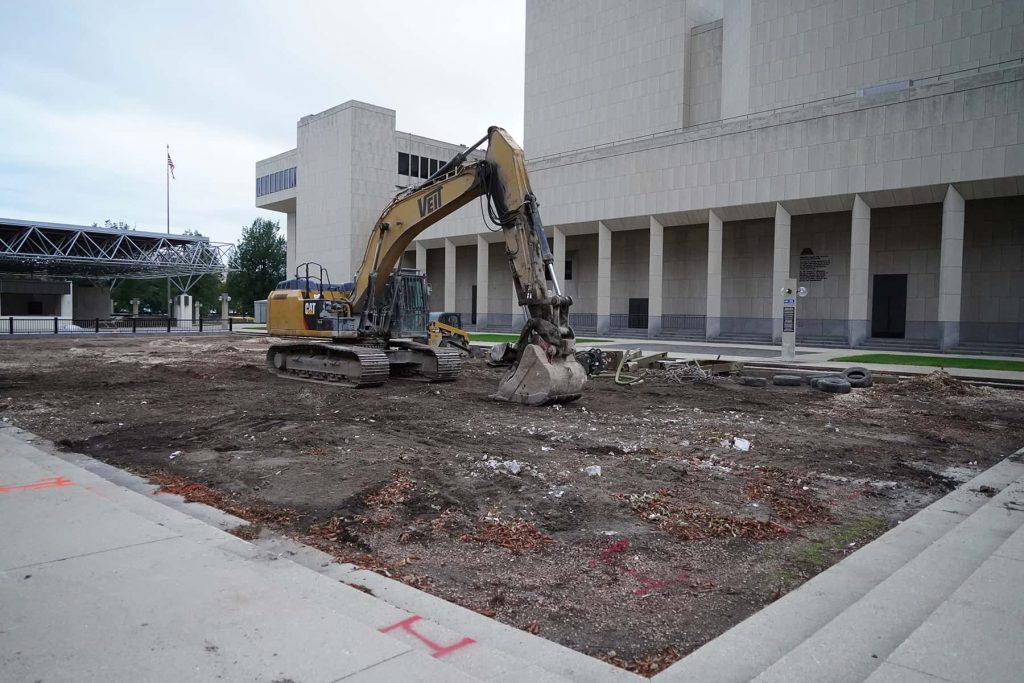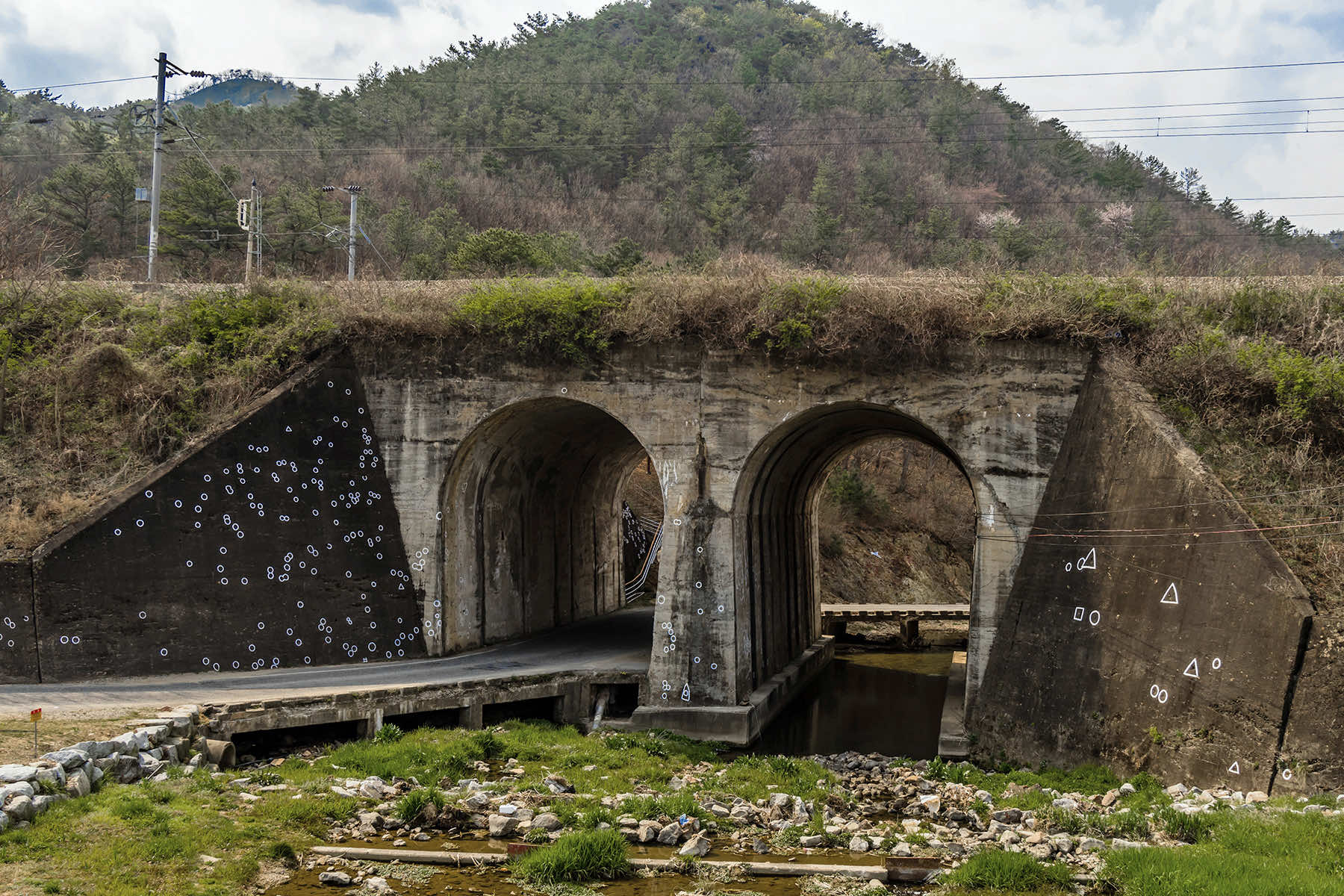
The war tore apart the Korean peninsula from 1950 to 1953, with millions of lives lost and countless others affected by the violence. Among the many tragedies that occurred during the conflict was the massacre at the No Gun Ri Bridge.
Taking place in the early days of the war, the atrocity saw hundreds of South Korean civilians, many of them women and children, killed by American forces. For decades, the event was buried in the shadows of history, only coming to light in the late 1990s.
The Korean War began on June 25, 1950, when North Korean forces, backed by the Soviet Union and China, launched a surprise invasion of South Korea. The war quickly escalated as the United States, leading a United Nations coalition, intervened on behalf of South Korea.
The early days of the conflict were marked by utter chaos and confusion as the unprepared South Korean and American forces were pushed back by the quickly advancing North Korean army, being overrun and nearly driven off the peninsula.
In the midst of that turmoil, fear, and paranoia spread among the American troops. There were widespread reports of North Korean soldiers disguising themselves as civilians to carry out suicide attacks, leading to a deep suspicion of anyone who was not in uniform. That atmosphere of distrust would set the stage for the tragic events at No Gun Ri.
The No Gun Ri Massacre occurred over several days, from July 26 to July 29, 1950, near a double railroad bridge in the village of No Gun Ri in central South Korea. As the North Korean army advanced southward, thousands of South Korean civilians fled their homes, hoping to escape the violence. Among them were residents of villages around No Gun Ri.
On July 25, as the American 1st Cavalry Division retreated southward, they encountered a large group of these refugees. The refugees were directed by the U.S. soldiers toward the No Gun Ri Bridge (노근리쌍굴다리). Some reports suggest that the civilians were told they would be safe there, while others indicated that they were merely herded into the area as the soldiers moved on.
The next day, July 26, under orders from their superiors, the American troops began firing on the refugees. Survivors recalled the horror as machine guns, mortars, and strafing runs from U.S. planes rained down on them. Some tried to flee, but most were trapped under the bridge or in nearby ditches. The killings continued for three days, with soldiers periodically opening fire on anyone who tried to escape.
Documents uncovered decades later suggested that there were orders from high-ranking U.S. officials to treat all refugees approaching American lines as potential threats. A directive from the U.S. 8th Army, issued around the time of the massacre, stated that “no refugees will be permitted to cross battle lines” and that any civilians attempting to do so should be stopped, by force if necessary.
The order, combined with the inexperience and fear of the troops on the ground, likely contributed to the decision to open fire on the civilians at No Gun Ri. Soldiers later testified that they were following orders and believed that they were acting to protect themselves and their fellow soldiers from possible North Korean infiltrators.
In the immediate aftermath of the massacre, there was little acknowledgment of what had happened at No Gun Ri. The surviving villagers were left to bury their dead and rebuild their lives, while the U.S. military moved on, focusing on the broader war effort. The event was not reported in the press, and for many years it remained a dark and unspoken chapter of the war.
For the survivors, the trauma of No Gun Ri was compounded by the silence that followed. Many felt that they had been abandoned by both their own government and the United States, which was supposed to be their ally. The pain and anger simmered for decades, passed down through generations as the story of the massacre was told in whispers.
It was not until the late 1990s that the No Gun Ri Massacre began to receive the attention it deserved. That started with Chung Eun-yong, a former South Korean police officer. He was a central figure in the long fight to uncover the truth about the No Gun Ri Massacre. Born in 1923, Chung was working as a police officer in the early days of the Korean War.
On July 26, 1950, Chung’s wife and their two young children were among the hundreds of civilians herded by U.S. soldiers under the railroad bridge at No Gun Ri. The troops opened fire, killing scores of innocent people, including Chung’s two children. His wife was severely injured but survived, while his children, aged 4 and 2, were among the many who did not.
Devastated by the loss of his children and the suffering of his wife, Chung Eun-yong vowed to seek justice for the victims of No Gun Ri. For decades, he worked tirelessly to gather evidence, interview survivors, and document the events that had transpired under the bridge.
Over the years, he wrote letters to South Korean officials, U.S. government agencies, and international organizations, demanding an investigation and acknowledgment of the atrocity. His efforts were met with silence or outright rejection for many years, as the massacre remained a taboo subject in both South Korea and the United States.
In the face of governmental indifference and outright denial, Chung’s efforts seemed futile. Yet, he persisted, driven by the memory of his lost children and the need to honor those who had perished. By the 1990s, Chung Eun-yong’s tenacity finally began to pay off.
His campaign caught the attention of human rights activists and a few sympathetic journalists, but it was his contact with The Associated Press that finally brought the truth to light. In 1998, Chung provided his meticulously gathered evidence and survivor testimonies, along with his own personal story. It became the critical foundation for the AP’s subsequent investigation.
Chung’s detailed records helped the AP reporters, Charles J. Hanley, Sang-Hun Choe, and Martha Mendoza, piece together the sequence of events and corroborate the survivors’ accounts with historical data and military records.
The reporters conducted extensive interviews with more than 30 survivors and eyewitnesses. Those individuals recounted in vivid detail the heartbreaking events at No Gun Ri. The testimonies described the desperate situation as people attempted to shield their children or flee, only to be cut down by gunfire.
The AP team also reached out to American veterans who had served in the Korean War, particularly those who were part of the units stationed near No Gun Ri at the time. Several veterans confirmed that orders had been given to open fire on civilians suspected of harboring North Korean infiltrators.
Those 7th Cavalry veterans, who had lived with the burden of their actions for decades, provided crucial corroborating evidence. Some expressed deep remorse, acknowledging that they had been ordered to shoot at anything that moved, including women and children.
Perhaps most damning was the AP’s discovery of declassified U.S. military documents. Obtained through the Freedom of Information Act, materials included orders from high-ranking U.S. military officials that reflected the deep paranoia of the time.
One key document was a July 1950 directive from the U.S. 8th Army that instructed soldiers to treat any civilians approaching their lines as enemy combatants. This directive played a central role in justifying the actions of American troops at No Gun Ri.
The AP reporters also visited the site of the massacre in No Gun Ri. They walked the fields, examined the railroad bridge, and spoke with locals who had lived through the war. The on-the-ground investigation added a tangible dimension to their reporting, linking the accounts from survivors to the physical reality of the location.
On September 29, 1999, the AP published its extensive report on the No Gun Ri Massacre. The article was a bombshell, exposing the massacre to the world and detailing the scale of the atrocity.
The report stated that between July 26 and July 29, 1950, American troops killed an estimated 300 to 400 South Korean civilians, most of them women, children, and the elderly. The news shocked global audiences, leading to widespread condemnation of the massacre and calls for accountability.
Chung’s role went beyond just providing documents and details, he became an essential source in the AP’s investigation. His deep knowledge of the events and his connections with other survivors allowed the reporters to gain access to firsthand accounts that had never been publicly shared before.
After the AP published its groundbreaking report in 1999, Chung Eun-yong’s decades-long struggle was finally validated on an international stage. For its reporting, the AP won a Pulitzer Prize and forced both the U.S. and South Korean governments to confront the events at No Gun Ri.
The recognition was bittersweet, as it came too late to change the outcome for the hundreds of other victims. But it did bring some measure of justice and acknowledgment to those who had suffered.
The revelation led to investigations by both U.S. and South Korean authorities. In January 2001, the Pentagon officially acknowledged the U.S. Army’s role in killing a large number of civilians at No Gun Ri. But it placed no individual blame, describing the event as a “deeply regrettable consequence of the war.”
President Bill Clinton expressed profound regret but stopped short of issuing a formal apology, and no compensation was offered.
One of the initial public reactions to the AP report was the parallel to the My Lai massacre in the Vietnam War. While both events involved the indiscriminate slaughter of civilians by military forces, their contexts were quite different.
On March 16, 1968, the My Lai Massacre in Vietnam unfolded after U.S. soldiers turned their aggression against unarmed civilians. Over several hours, between 347 to 504 South Vietnamese villagers were methodically executed. The soldiers, acting under the command of Lieutenant William Calley, not only killed but also raped and mutilated, turning a search-and-destroy mission into a scene of calculated horror.
In contrast, the No Gun Ri Massacre represented a different kind of tragedy. It was one marked by fear, confusion, and operational misjudgment. The nature of the No Gun Ri massacre was driven more by tactical errors and the intense stress of a rapidly evolving conflict than by deliberate and premeditated brutality like My Lai. Ultimately, however, the end result in both cases was the same, with innocent civilians dead.
Chung Eun-yong and his associates condemned the Army’s findings as a mere “whitewash” of command responsibility. The survivors also rejected a U.S. proposal to build a monument at No Gun Ri and establish a scholarship fund. They also objected to the original plan to honor all civilian casualties of the war rather than focusing exclusively on those killed by U.S. forces at No Gun Ri.
Chung continued to advocate for the victims of No Gun Ri even after the AP report was published. He authored a book titled “Do You Know Our Agony?” which chronicled the massacre and his relentless pursuit of truth.
In recognition of his efforts, Chung Eun-yong received several accolades, both in South Korea and internationally. However, his primary concern was always the acknowledgment and remembrance of the victims. In 2009, the South Korean government awarded him the National Medal of Honor for his efforts in bringing the massacre to light.
Chung Eun-yong passed away in 2014 at the age of 91, but his legacy continues. The No Gun Ri Peace Foundation and Memorial, established in part due to his efforts, stands as a tribute to the victims and a reminder of the horrors of war. His life’s work ensured that the massacre at No Gun Ri would not be forgotten.
In the years since the massacre was brought to light, there have been efforts to preserve the memory of No Gun Ri and to ensure that the victims are not forgotten. A memorial park and museum have been established near the site of the massacre, where visitors can learn about the events that took place and pay their respects to those who lost their lives. The South Korean government has also worked to document the stories of survivors and to educate future generations about the tragedy.
- Exploring Korea: Stories from Milwaukee to the DMZ and across a divided peninsula
- A pawn of history: How the Great Power struggle to control Korea set the stage for its civil war
- Names for Korea: The evolution of English words used for its identity from Gojoseon to Daehan Minguk
- SeonJoo So Oh: Living her dream of creating a "folded paper" bridge between Milwaukee and Korean culture
- A Cultural Bridge: Why Milwaukee needs to invest in a Museum that celebrates Korean art and history
- Korean diplomat joins Milwaukee's Korean American community in celebration of 79th Liberation Day
- John T. Chisholm: Standing guard along the volatile Korean DMZ at the end of the Cold War
- Most Dangerous Game: The golf course where U.S. soldiers play surrounded by North Korean snipers
- Triumph and Tragedy: How the 1988 Seoul Olympics became a battleground for Cold War politics
- Dan Odya: The challenges of serving at the Korean Demilitarized Zone during the Vietnam War
- The Korean Demilitarized Zone: A border between peace and war that also cuts across hearts and history
- The Korean DMZ Conflict: A forgotten "Second Chapter" of America's "Forgotten War"
- Dick Cavalco: A life shaped by service but also silence for 65 years about the Korean War
- Overshadowed by conflict: Why the Korean War still struggles for recognition and remembrance
- Wisconsin's Korean War Memorial stands as a timeless tribute to a generation of "forgotten" veterans
- Glenn Dohrmann: The extraordinary journey from an orphaned farm boy to a highly decorated hero
- The fight for Hill 266: Glenn Dohrmann recalls one of the Korean War's most fierce battles
- Frozen in time: Rare photos from a side of the Korean War that most families in Milwaukee never saw
- Jessica Boling: The emotional journey from an American adoption to reclaiming her Korean identity
- A deportation story: When South Korea was forced to confront its adoption industry's history of abuse
- South Korea faces severe population decline amid growing burdens on marriage and parenthood
- Emma Daisy Gertel: Why finding comfort with the "in-between space" as a Korean adoptee is a superpower
- The Soul of Seoul: A photographic look at the dynamic streets and urban layers of a megacity
- The Creation of Hangul: A linguistic masterpiece designed by King Sejong to increase Korean literacy
- Rick Wood: Veteran Milwaukee photojournalist reflects on his rare trip to reclusive North Korea
- Dynastic Rule: Personality cult of Kim Jong Un expands as North Koreans wear his pins to show total loyalty
- South Korea formalizes nuclear deterrent strategy with U.S. as North Korea aims to boost atomic arsenal
- Tea with Jin: A rare conversation with a North Korean defector living a happier life in Seoul
- Journalism and Statecraft: Why it is complicated for foreign press to interview a North Korean defector
- Inside North Korea’s Isolation: A decade of images show rare views of life around Pyongyang
- Karyn Althoff Roelke: How Honor Flights remind Korean War veterans that they are not forgotten
- Letters from North Korea: How Milwaukee County Historical Society preserves stories from war veterans
- A Cold War Secret: Graves discovered of Russian pilots who flew MiG jets for North Korea during Korean War
- Heechang Kang: How a Korean American pastor balances tradition and integration at church
- Faith and Heritage: A Pew Research Center's perspective on Korean American Christians in Milwaukee
- Landmark legal verdict by South Korea's top court opens the door to some rights for same-sex couples
- Kenny Yoo: How the adversities of dyslexia and the war in Afghanistan fueled his success as a photojournalist
- Walking between two worlds: The complex dynamics of code-switching among Korean Americans
- A look back at Kamala Harris in South Korea as U.S. looks ahead to more provocations by North Korea
- Jason S. Yi: Feeling at peace with the duality of being both an American and a Korean in Milwaukee
- The Zainichi experience: Second season of “Pachinko” examines the hardships of ethnic Koreans in Japan
- Shadows of History: South Korea's lingering struggle for justice over "Comfort Women"
- Christopher Michael Doll: An unexpected life in South Korea and its cross-cultural intersections
- Korea in 1895: How UW-Milwaukee's AGSL protects the historic treasures of Kim Jeong-ho and George C. Foulk
- "Ink. Brush. Paper." Exhibit: Korean Sumukhwa art highlights women’s empowerment in Milwaukee
- Christopher Wing: The cultural bonds between Milwaukee and Changwon built by brewing beer
- Halloween Crowd Crush: A solemn remembrance of the Itaewon tragedy after two years of mourning
- Forgotten Victims: How panic and paranoia led to a massacre of refugees at the No Gun Ri Bridge
- Kyoung Ae Cho: How embracing Korean heritage and uniting cultures started with her own name
- Complexities of Identity: When being from North Korea does not mean being North Korean
- A fragile peace: Tensions simmer at DMZ as North Korean soldiers cross into the South multiple times
- Byung-Il Choi: A lifelong dedication to medicine began with the kindness of U.S. soldiers to a child of war
- Restoring Harmony: South Korea's long search to reclaim its identity from Japanese occupation
- Sado gold mine gains UNESCO status after Tokyo pledges to exhibit WWII trauma of Korean laborers
- The Heartbeat of K-Pop: How Tina Melk's passion for Korean music inspired a utopia for others to share
- K-pop Revolution: The Korean cultural phenomenon that captivated a growing audience in Milwaukee
- Artifacts from BTS and LE SSERAFIM featured at Grammy Museum exhibit put K-pop fashion in the spotlight
- Hyunjoo Han: The unconventional path from a Korean village to Milwaukee’s multicultural landscape
- The Battle of Restraint: How nuclear weapons almost redefined warfare on the Korean peninsula
- Rejection of peace: Why North Korea's increasing hostility to the South was inevitable
- WonWoo Chung: Navigating life, faith, and identity between cultures in Milwaukee and Seoul
- Korean Landmarks: A visual tour of heritage sites from the Silla and Joseon Dynasties
- South Korea’s Digital Nomad Visa offers a global gateway for Milwaukee’s young professionals
- Forgotten Gando: Why the autonomous Korean territory within China remains a footnote in history
- A game of maps: How China prepared to steal Korean history to prevent reunification
- From Taiwan to Korea: When Mao Zedong shifted China’s priority amid Soviet and American pressures
- Hoyoon Min: Putting his future on hold in Milwaukee to serve in his homeland's military
- A long journey home: Robert P. Raess laid to rest in Wisconsin after being MIA in Korean War for 70 years
- Existential threats: A cost of living in Seoul comes with being in range of North Korea's artillery
- Jinseon Kim: A Seoulite's creative adventure recording the city’s legacy and allure through art
- A subway journey: Exploring Euljiro in illustrations and by foot on Line 2 with artist Jinseon Kim
- Seoul Searching: Revisiting the first film to explore the experiences of Korean adoptees and diaspora





